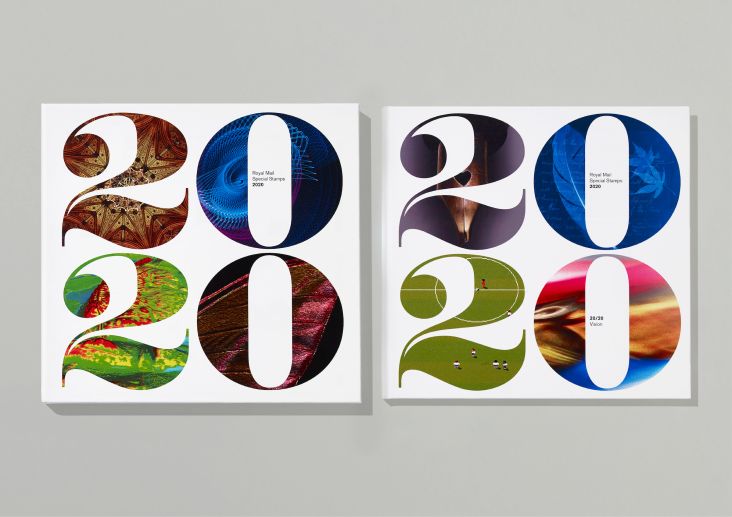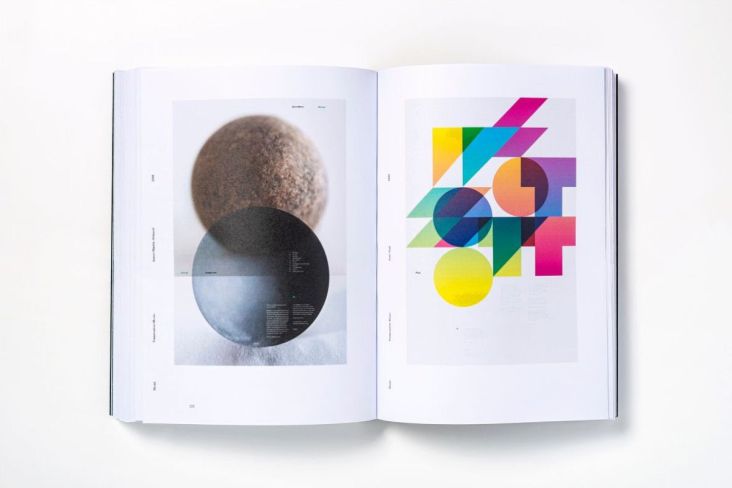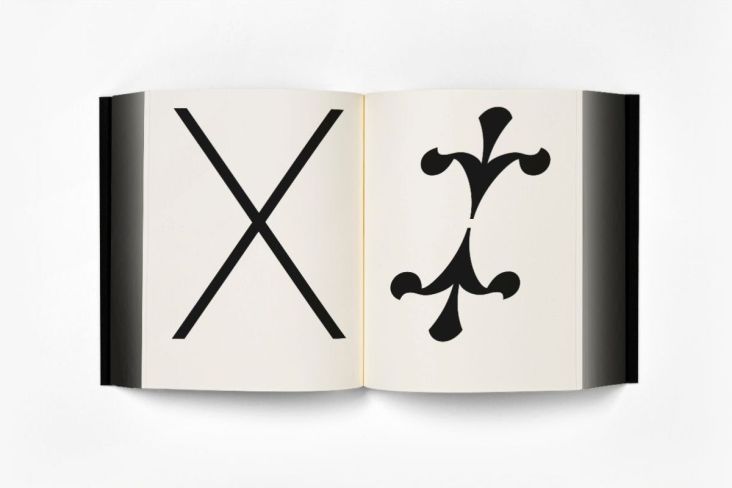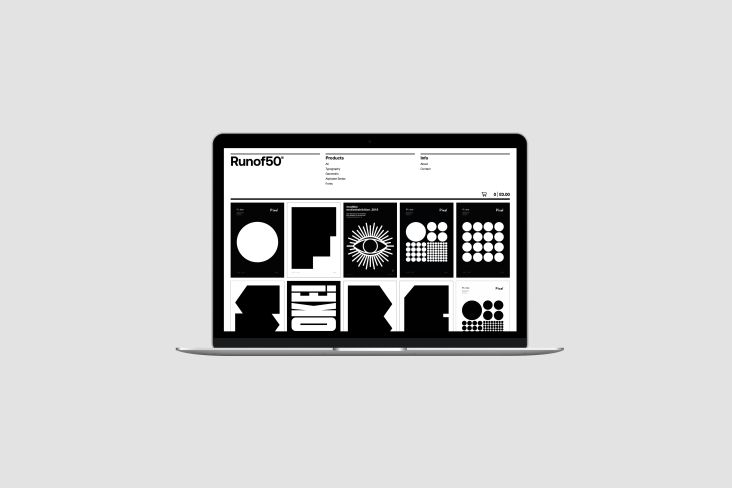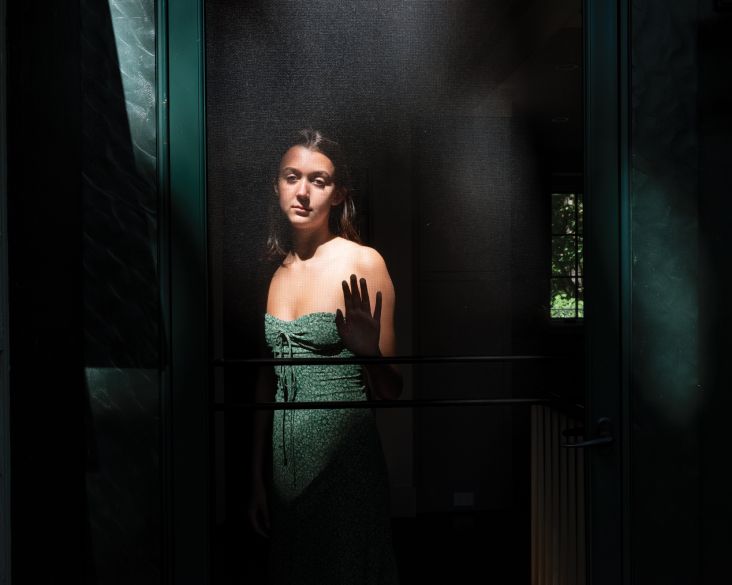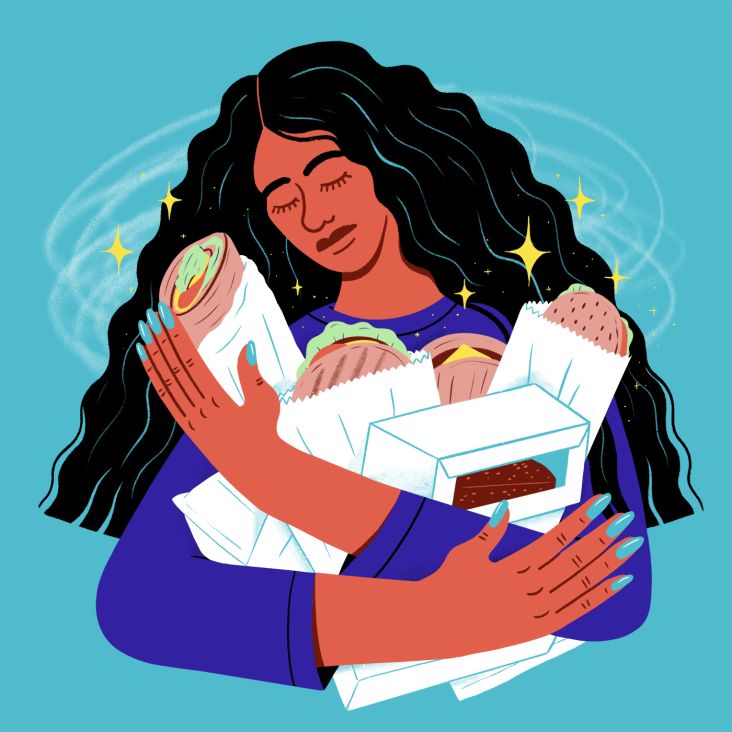Parallel Road demonstrates the inherent cracks in the American Dream
The cliche of the American Dream – the road trips, expansive highways, motels, neon lights – is a dream for a reason, in that it's not entirely real. That well-worn image beloved by writers and artists alike never touches on the complexities of things like democracy and race.
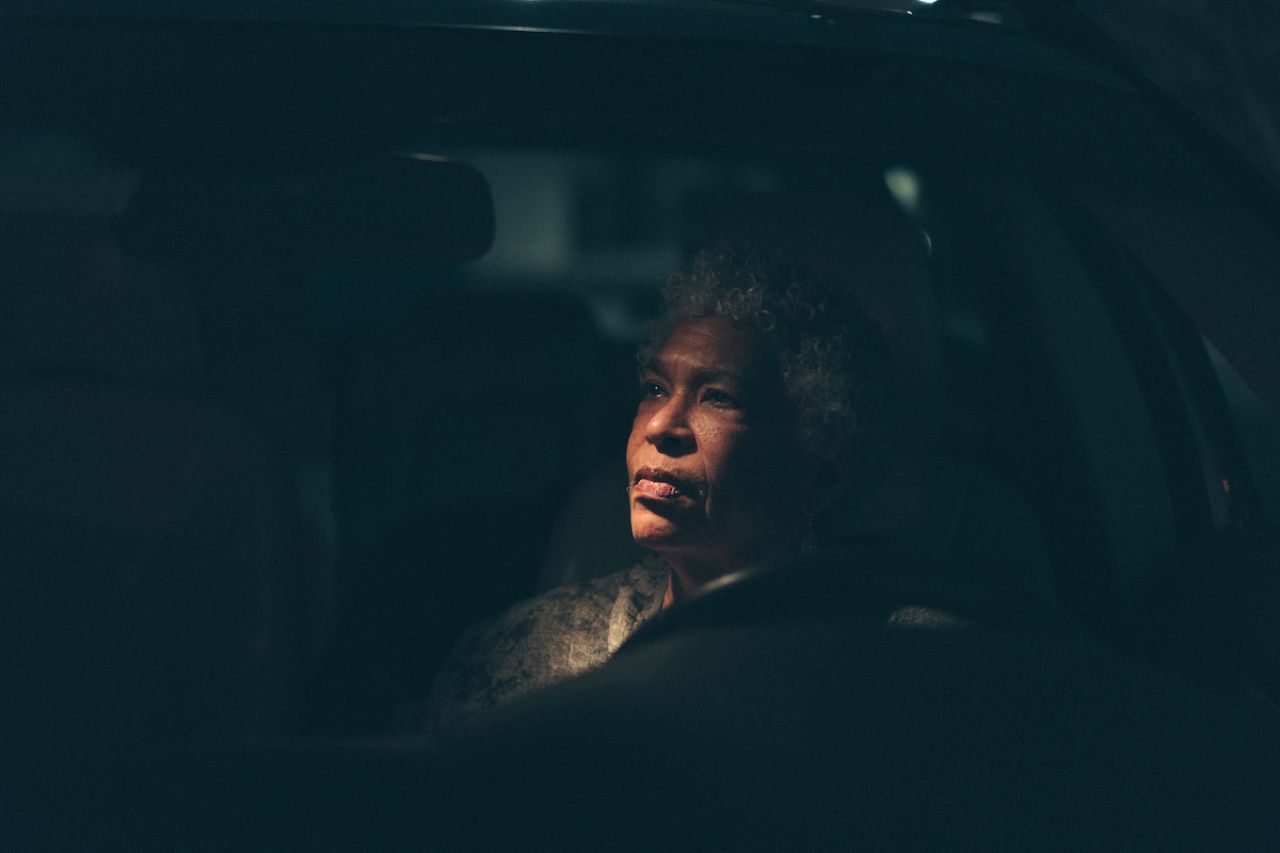
With the big ol' road trip being a key component of that American Dream, it would be remiss not to consider that being behind the wheel is something that should be innocuous, but just isn't unless you're white, as has been proven time and again, being black and driving a car in America (and elsewhere, for that matter), can be pretty dangerous.
Recently published photography book A Parallel Road by Amani Willett explores the complexities of the American road trip, examining how race can and continues to affect this experience.
"The open road is where millions of Americans freely set out to explore the country's beauty, epic landscapes, and diversity of cultures," says publisher Overlapse. "For a country that claims to be a free and democratic land without roadblocks, the road trip has been and continues to be a fraught endeavour for black people."
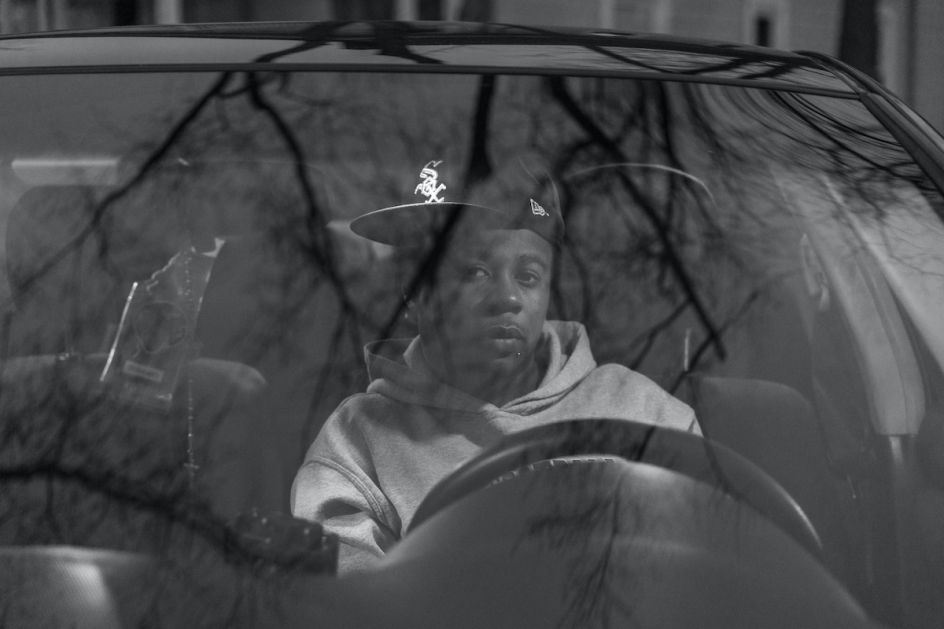
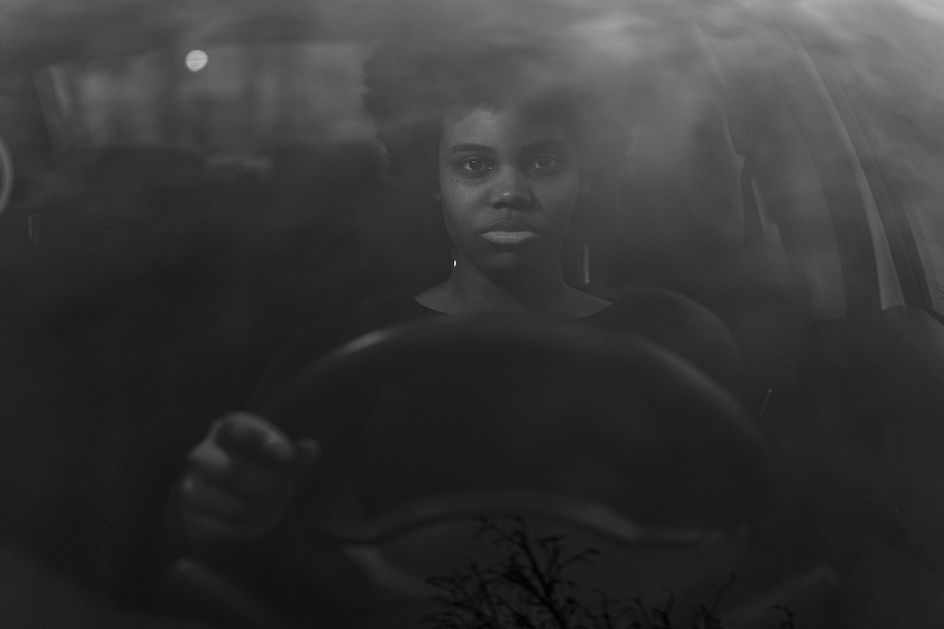
Willett has been working on A Parallel Road for five years and was inspired to do so by conversations with friends and relatives about their experiences on the road. A huge impetus for the project was Willett's aim to understand his family's experiences – to find out what the road represents for them as Black Americans.
The images are drawn together in the final book present an exposition of the cracks in that American dream. By looking at the black experience of driving in America over the past 85 years, Willett's work demonstrates that historically, as today, the road represents a collective site of trauma for the black community. It’s a site that doesn't mark the route to better things but delineates a place pockmarked with fear, violence and death.
Willett's A Parallel Road references the historical Negro Motorist Green Book, an annual guidebook for African-American road-trippers published by African-American New York City mailman Victor Hugo Green from 1936 to 1966. A Parallel Road's cover design, with its simple holding device and typographic approach, imitates the green book. Simultaneously, the overall aim of Willett's project continues the idea of presenting the proposition that journeys and roads are not the same for everyone.
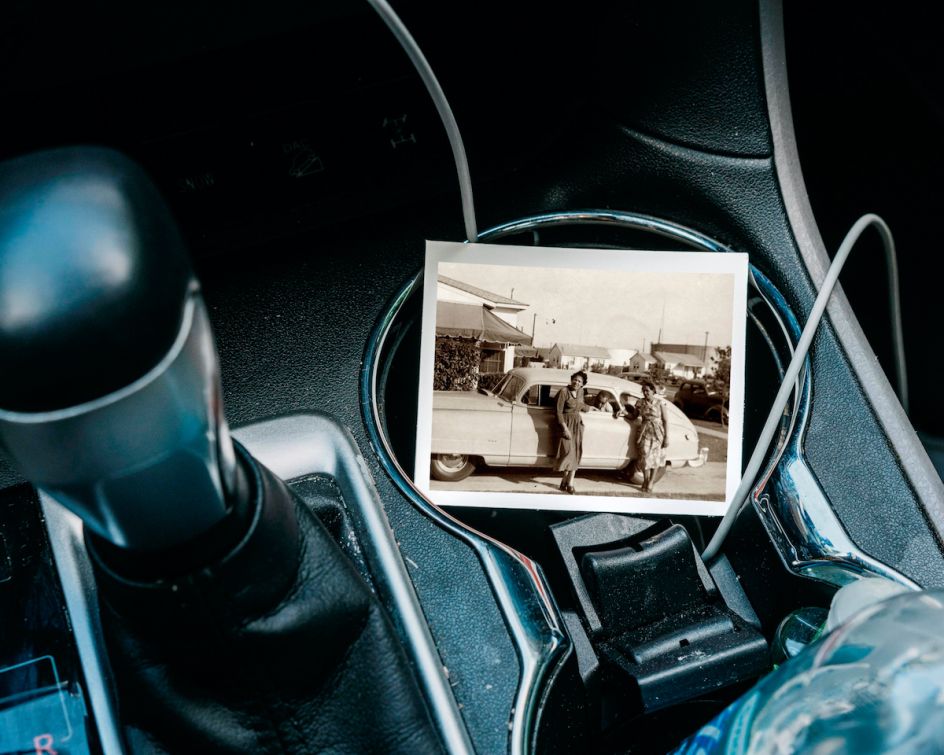
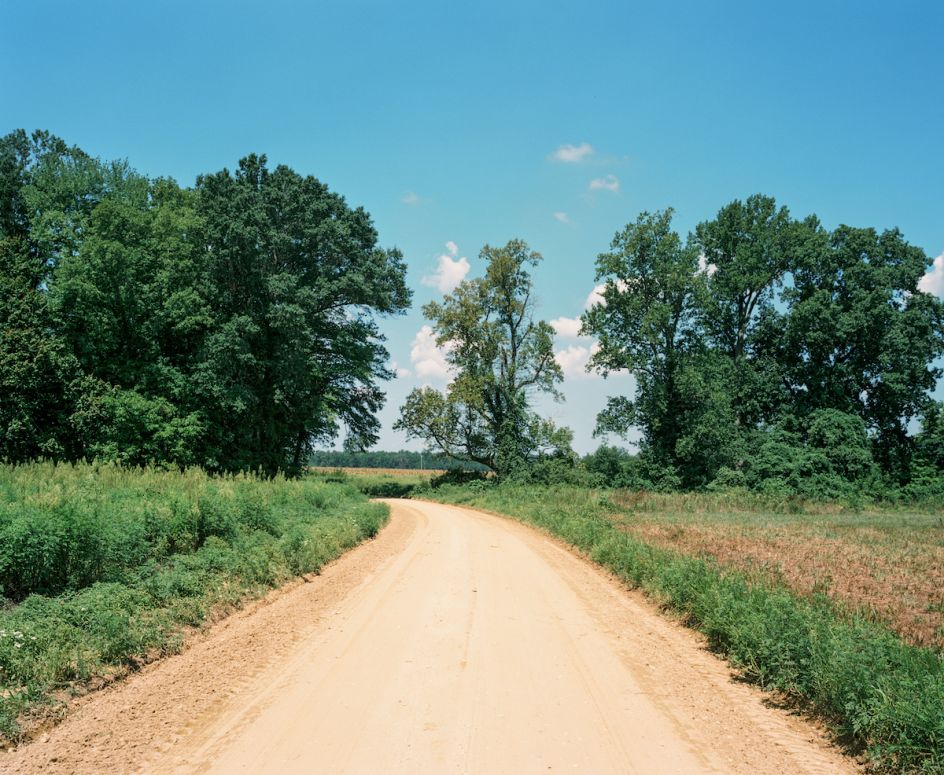


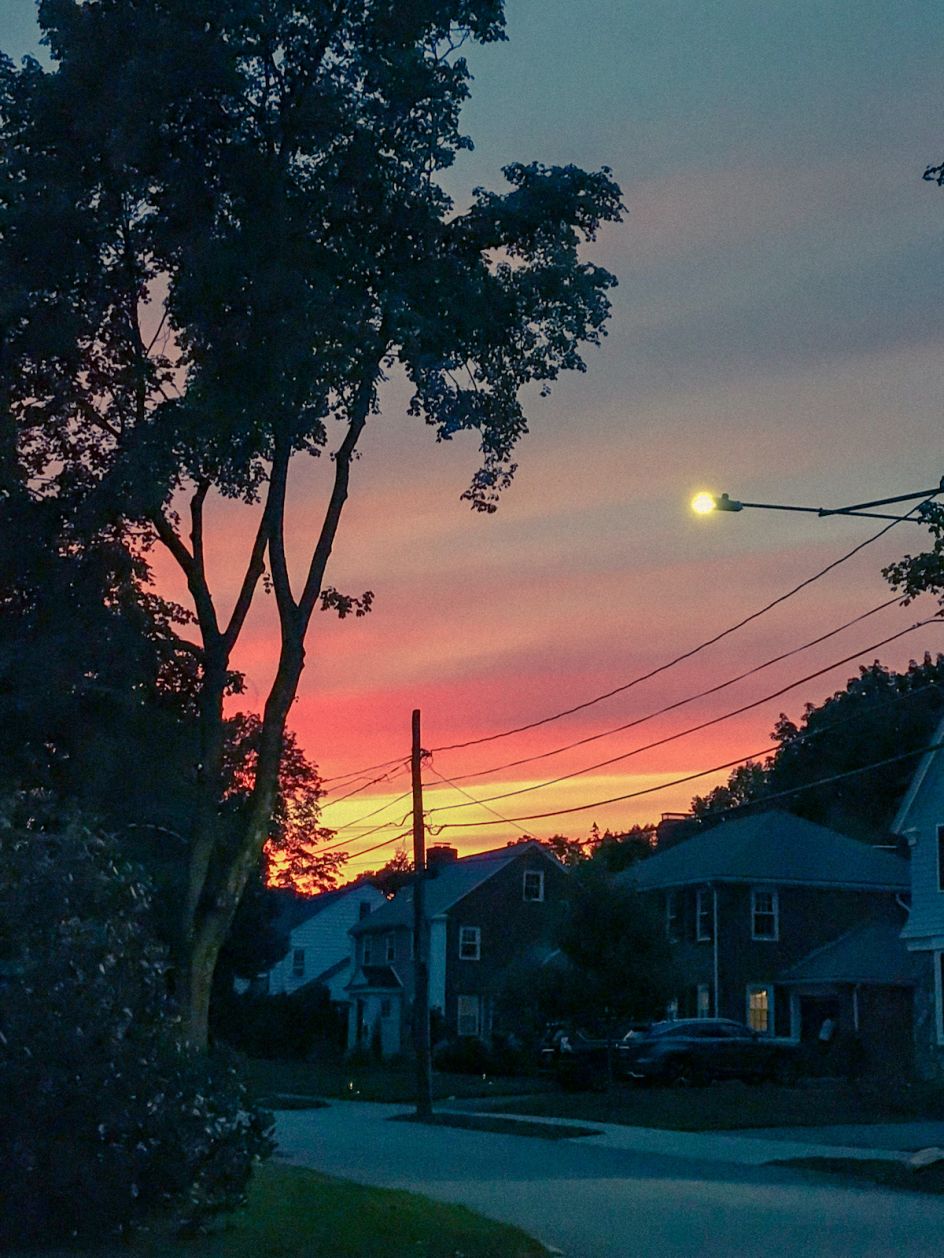
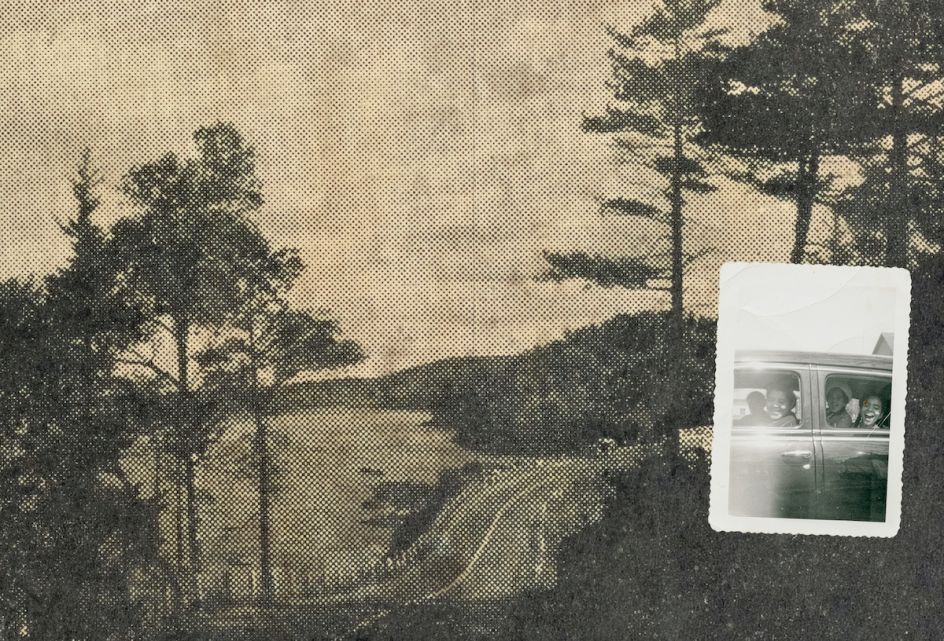
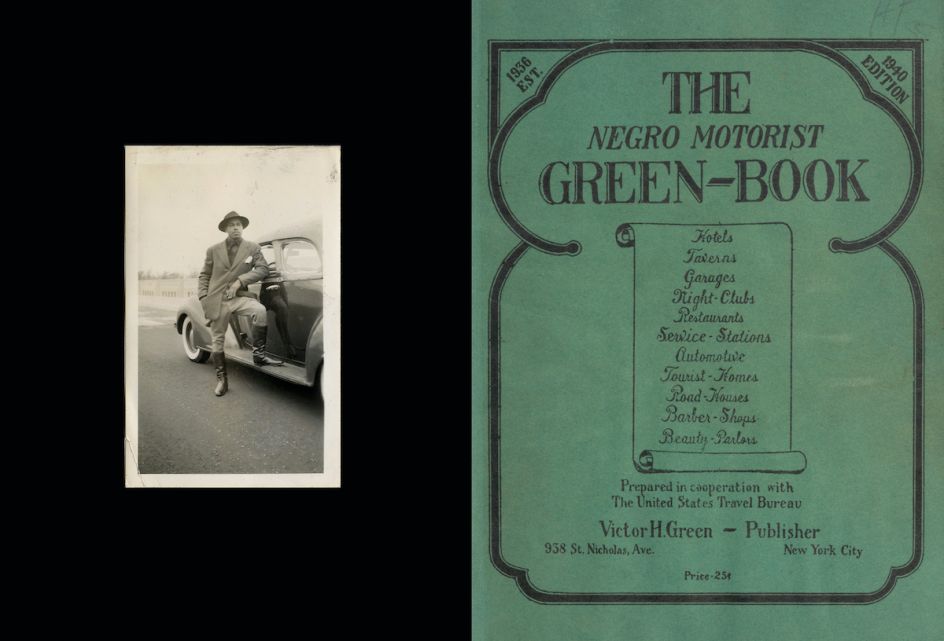
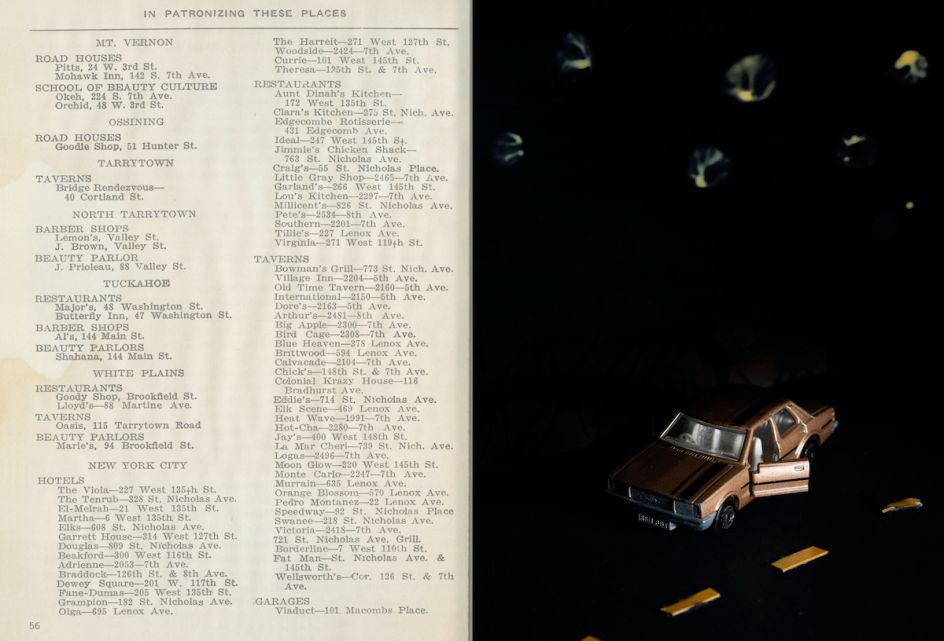
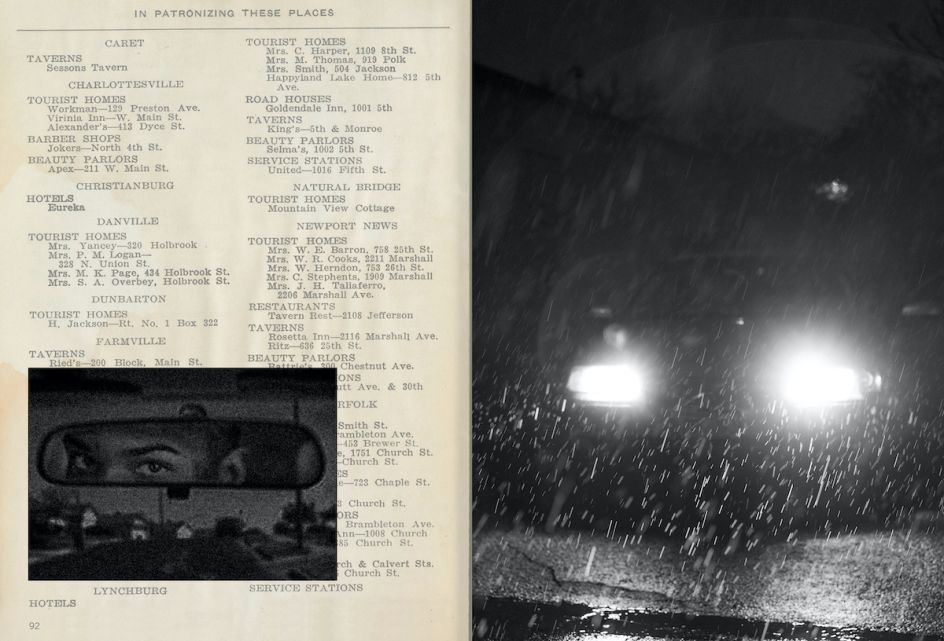
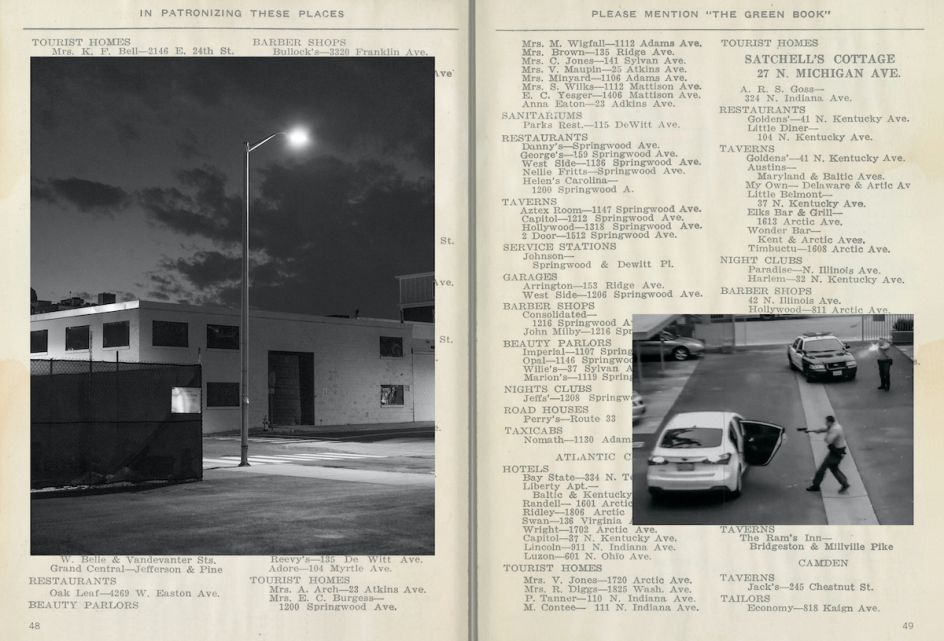
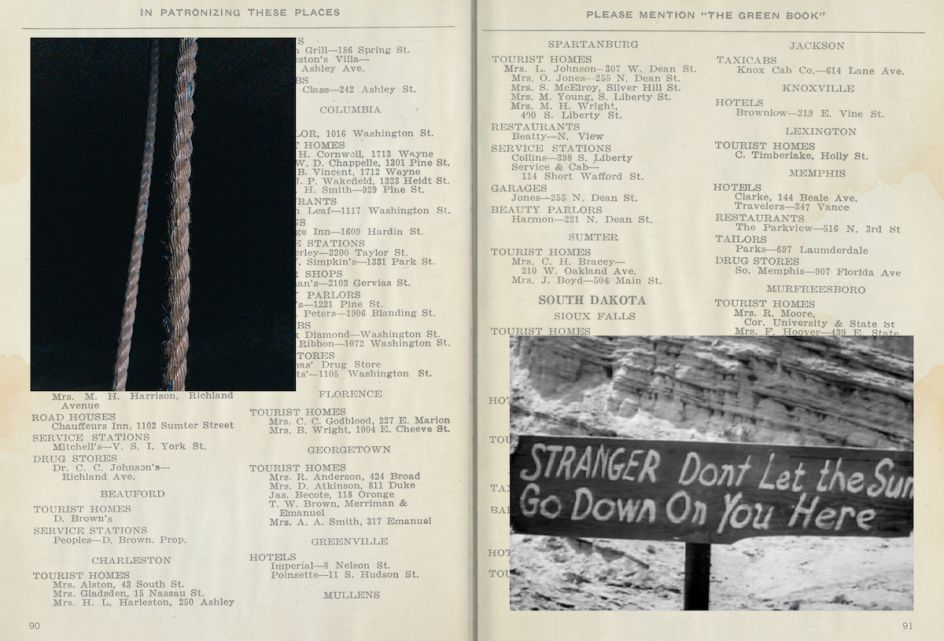
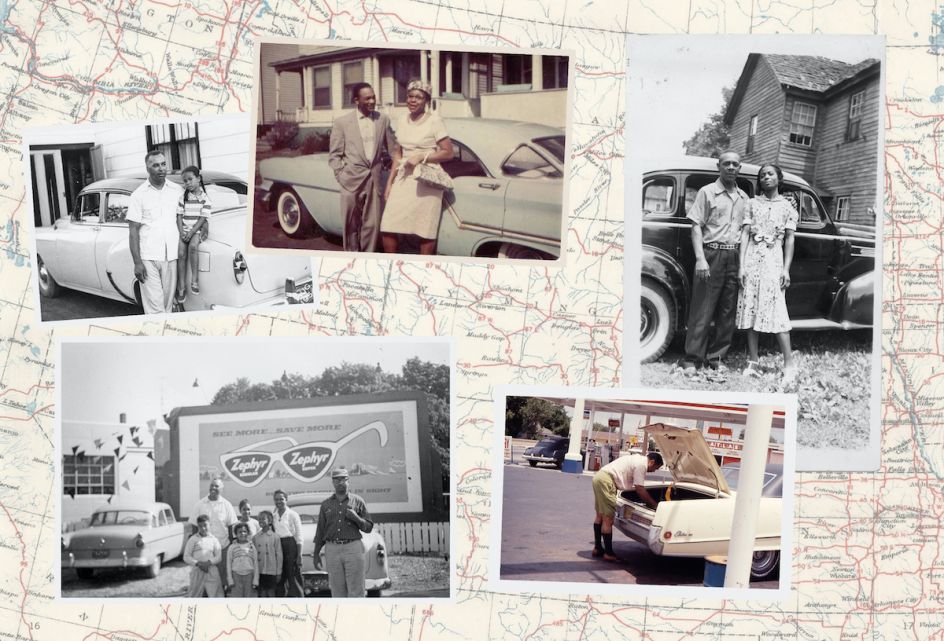
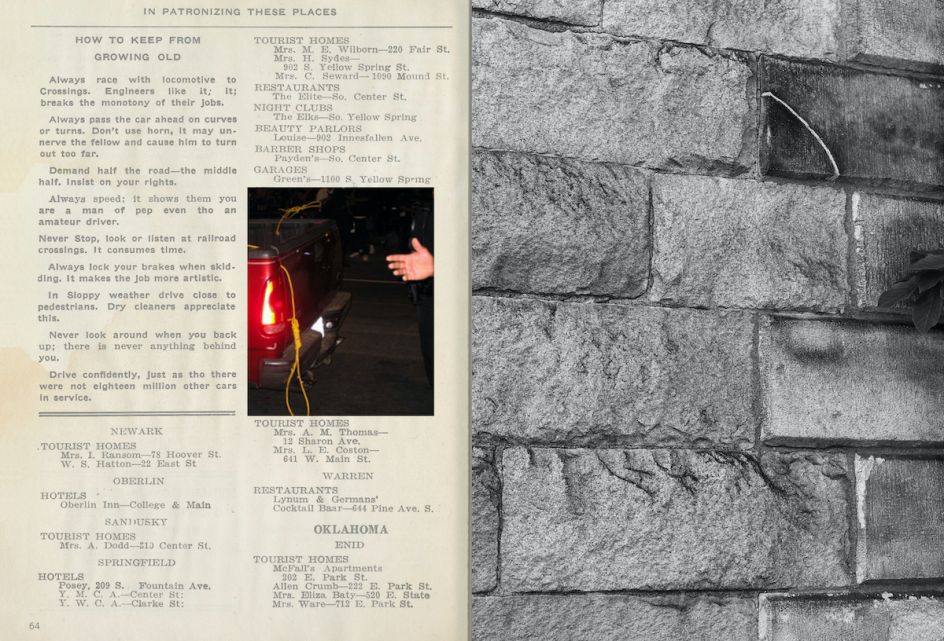
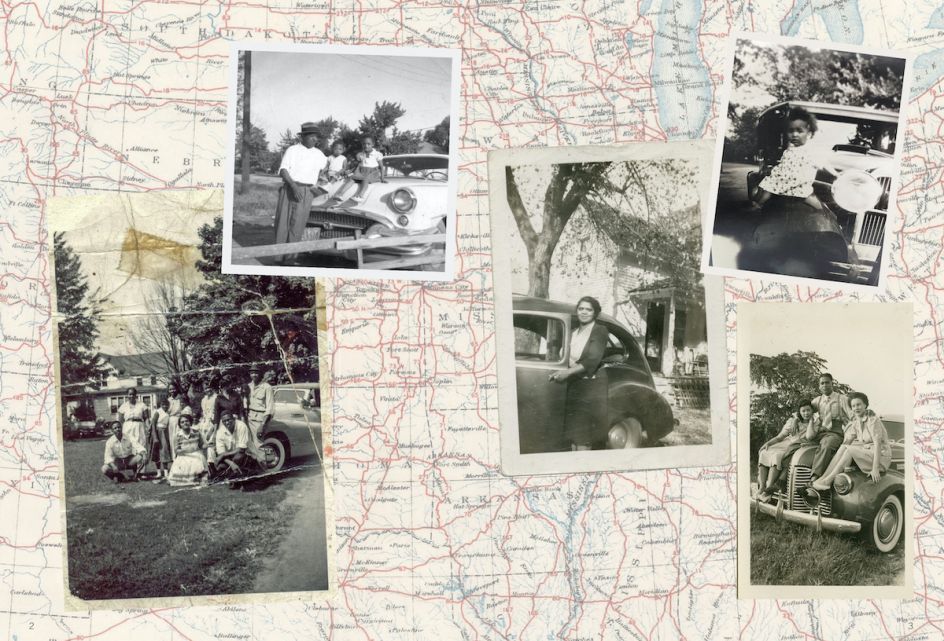
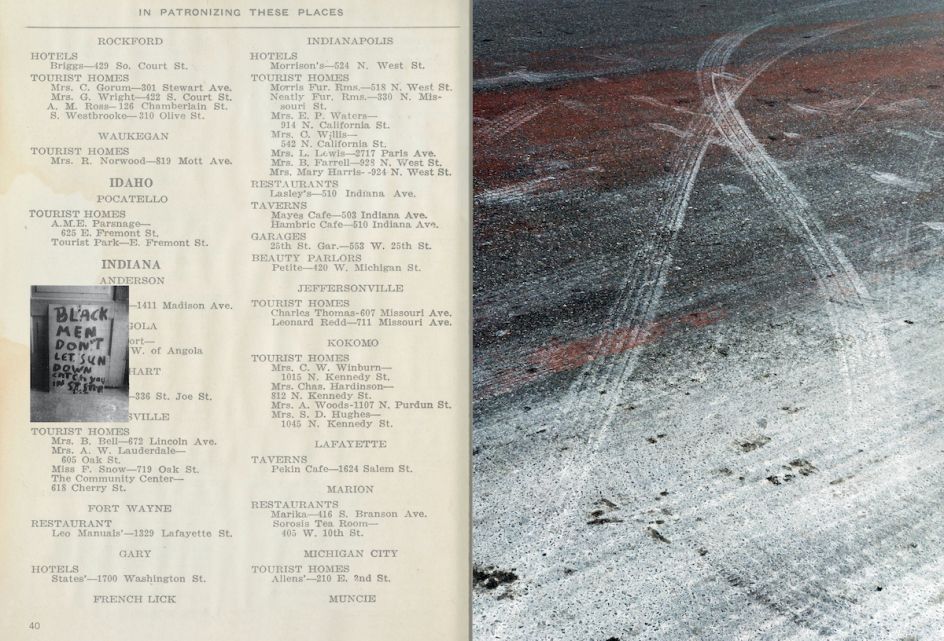
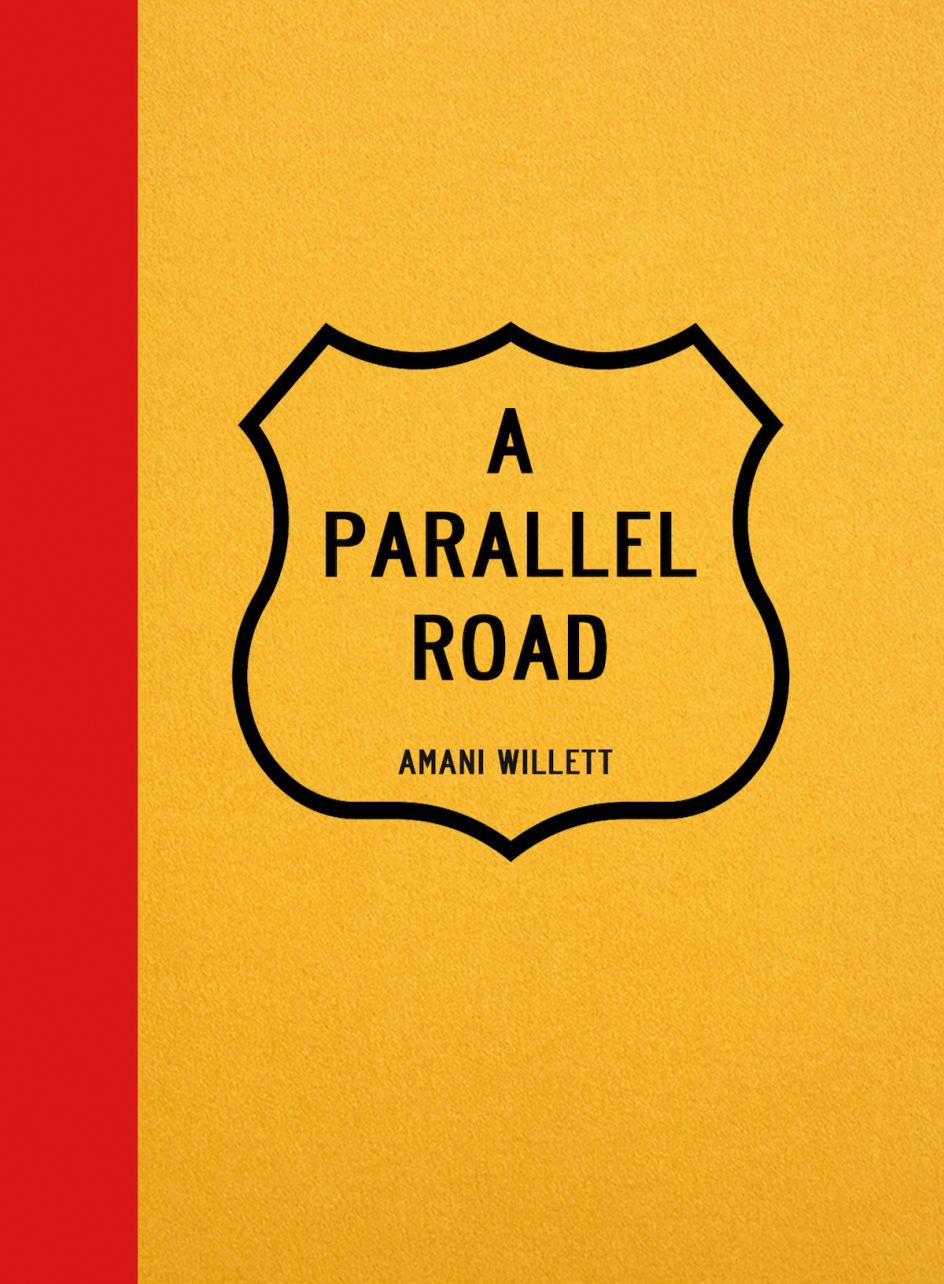




 by Tüpokompanii](https://www.creativeboom.com/upload/articles/58/58684538770fb5b428dc1882f7a732f153500153_732.jpg)


 using <a href="https://www.ohnotype.co/fonts/obviously" target="_blank">Obviously</a> by Oh No Type Co., Art Director, Brand & Creative—Spotify](https://www.creativeboom.com/upload/articles/6e/6ed31eddc26fa563f213fc76d6993dab9231ffe4_732.jpg)








